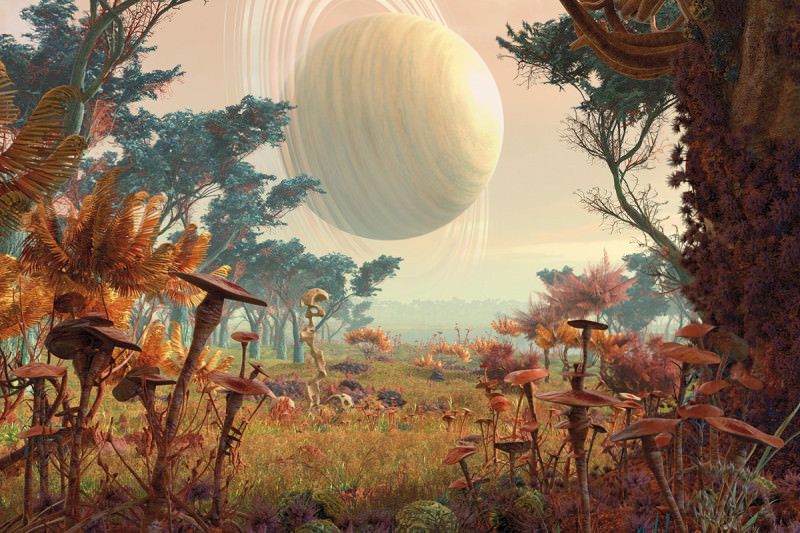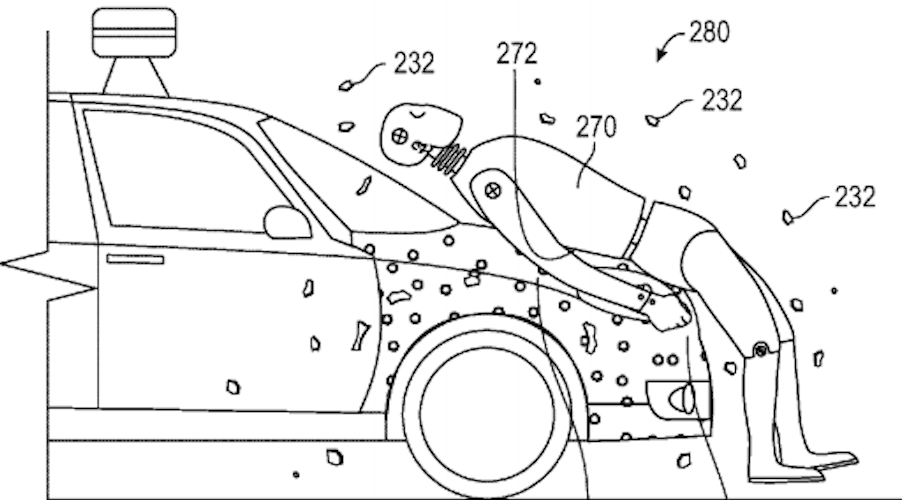Page 11407
May 19, 2016
There might be a planet better than Earth – right next door
Posted by Sean Brazell in category: futurism
There should be worlds out there so balmy they make Earth look stale, and there are signs of one just four light years away. That’s close enough to visit…

May 19, 2016
NASA’s Mars rover has measured something in the air that scientists can’t explain
Posted by Sean Brazell in category: space

Watch the video NASA’s Mars rover has measured something in the air that scientists can’t explain on Yahoo Finance. VIDEO: NASA just uncovered another clue.
May 19, 2016
There’s a Workaround for the Heisenberg Uncertainty Principle: Time Travel
Posted by Andreas Matt in categories: physics, time travel
May 19, 2016
Multicellular Life Was Caused By The Same Gene That Suppresses Cancer
Posted by Shailesh Prasad in categories: biotech/medical, evolution
Biologists have identified the one gene that caused the evolution of single-celled organisms into multicellularity, debunking previous theories that several genes were at play. The gene retinoblastoma is also the same gene that is found to be defective in cancer patients, and suppresses tumors.
May 19, 2016
Machine Makes Unfit Lungs Suitable For Transplant
Posted by Shailesh Prasad in categories: biotech/medical, health

This machine will save lives by transforming unhealthy lungs into healthy ones.
This box lets lungs live outside the body so they can be used for transplants.
May 19, 2016
Inside Vicarious, the Secretive AI Startup Bringing Imagination to Computers
Posted by Shailesh Prasad in categories: computing, robotics/AI
By reinventing the neural network, the company hopes to help computers make the leap from processing words and symbols to comprehending the real world.
May 19, 2016
This Is Our First Good Look at Uber’s Self-Driving Car
Posted by Shailesh Prasad in categories: engineering, robotics/AI, transportation
In a blog post today, Uber showed off the self-driving car that’s been stealthily cruising around Pittsburgh. The car is a hybrid Ford Fusion and is currently in early stages of safety testing. This particular Uber test vehicle was first spotted almost a year ago by local Pittsburgh media, but this is Uber’s first acknowledgement of such tests.
Uber and Google (among others) have been racing to be the first to develop self-driving taxis for over a year now. Uber “cleaned out” Carnegie Mellon and the National Robotics Engineering Center to be part of its Advanced Technology Center in Pittsburgh, the research arm responsible for developing this “look ma, no hands” technology. This heavy hiring out of Carnegie Mellon could give Uber a big boost. The Pittsburgh-based university considers itself the birthplace of self-driving cars, and it probably is. CMU researchers were testing autonomous vehicles before Google even existed.
In March, Uber also joined a coalition, this time in partnership with Google, to advocate for self-driving adoption.
Continue reading “This Is Our First Good Look at Uber’s Self-Driving Car” »
May 19, 2016
Theorists smooth the way to modeling quantum friction: New paradigm offers a strategy for solving one of quantum mechanics’ oldest problems
Posted by Karen Hurst in categories: chemistry, computing, nanotechnology, particle physics, quantum physics
Princeton’s answer to Quantum friction.
Abstract: Theoretical chemists at Princeton University have pioneered a strategy for modeling quantum friction, or how a particle’s environment drags on it, a vexing problem in quantum mechanics since the birth of the field. The study was published in the Journal of Physical Chemistry Letters.
“It was truly a most challenging research project in terms of technical details and the need to draw upon new ideas,” said Denys Bondar, a research scholar in the Rabitz lab and corresponding author on the work.
Quantum friction may operate at the smallest scale, but its consequences can be observed in everyday life. For example, when fluorescent molecules are excited by light, it’s because of quantum friction that the atoms are returned to rest, releasing photons that we see as fluorescence. Realistically modeling this phenomenon has stumped scientists for almost a century and recently has gained even more attention due to its relevance to quantum computing.
May 19, 2016
MMTP — Major Mouse Testing Program — Interview with Joao Pedro de Magalhaes
Posted by Steve Hill in category: life extension

Crowd funding interventions against aging, an update from lifespan.io
New updates from the MMTP Campaign: a mini-interview with Dr. Joao Pedro de Magalhaes of Liverpool University where he discusses the importance of animal studies, and the release of a short version of the MMTP study proposal to provide more details on the planned experiments. For more information check out the “Updates” tab on the campaign here: https://www.lifespan.io/campaigns/the-major-mouse-testing-program/ #CrowdfundTheCure #LifespanIO














